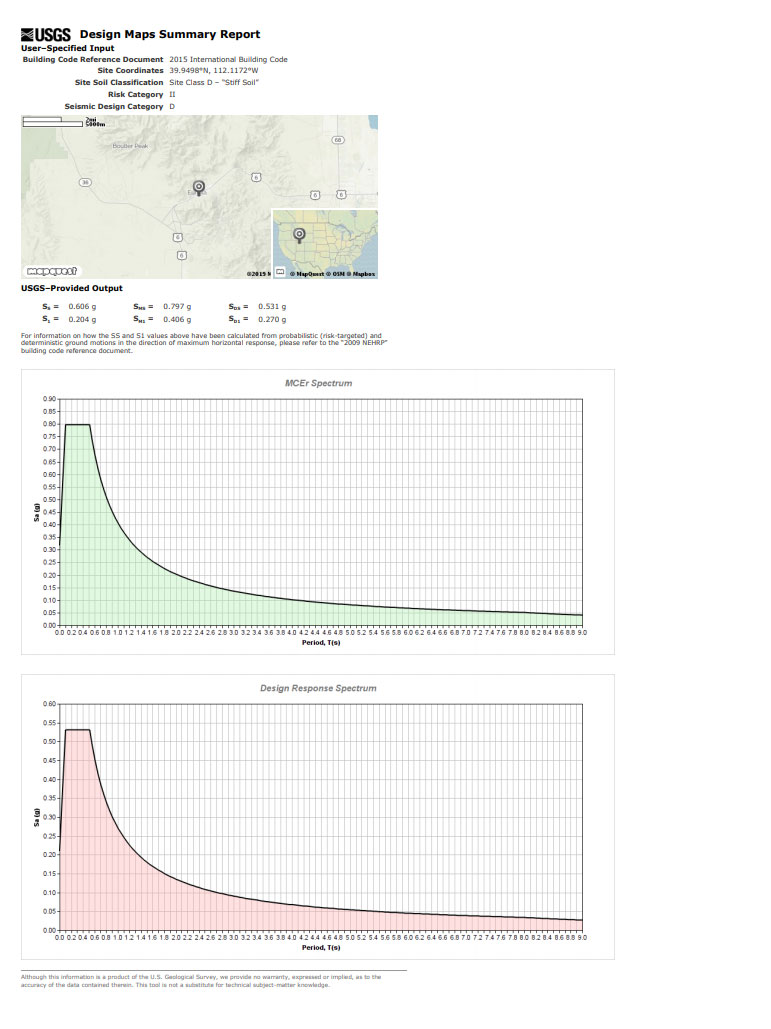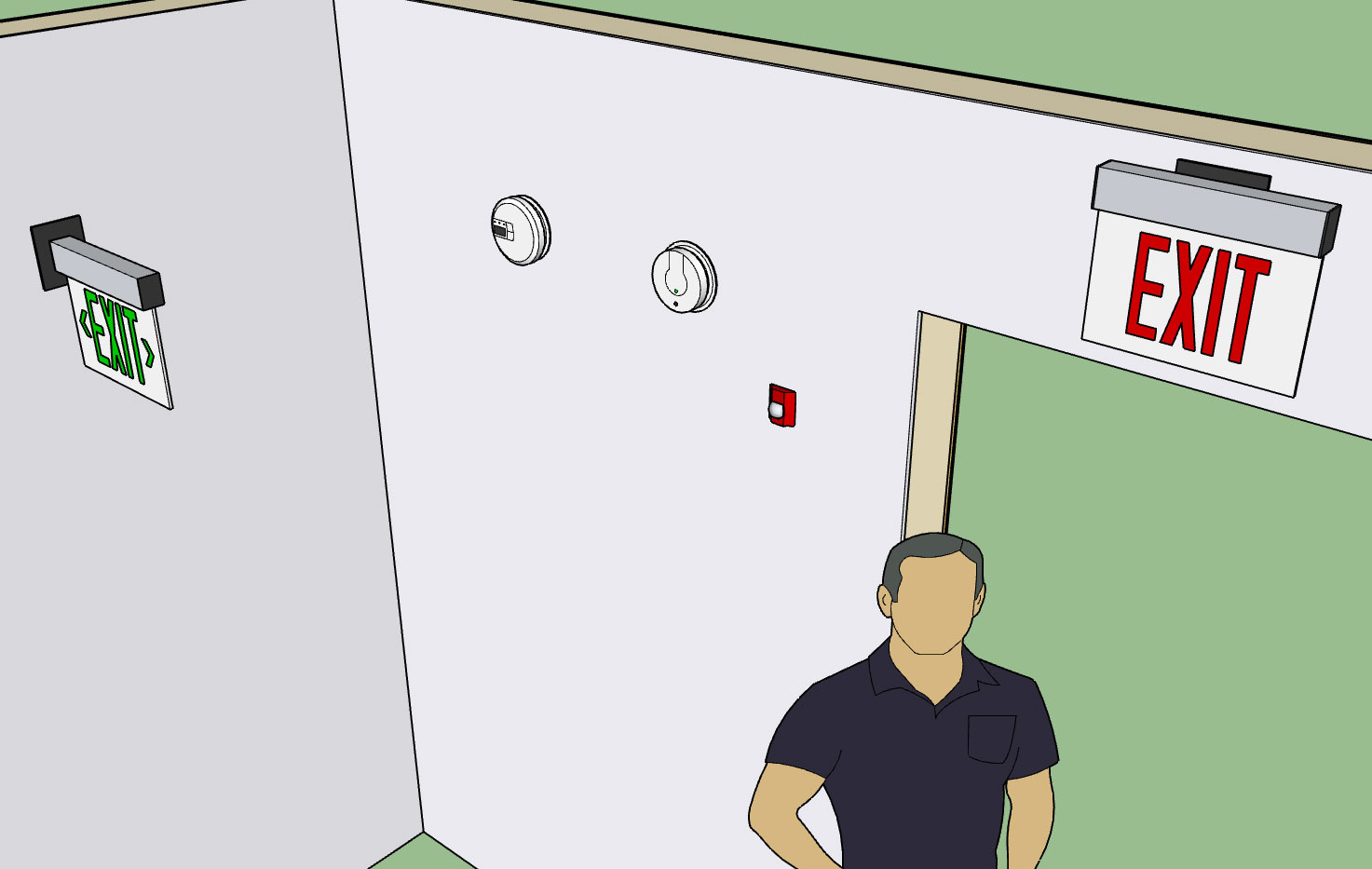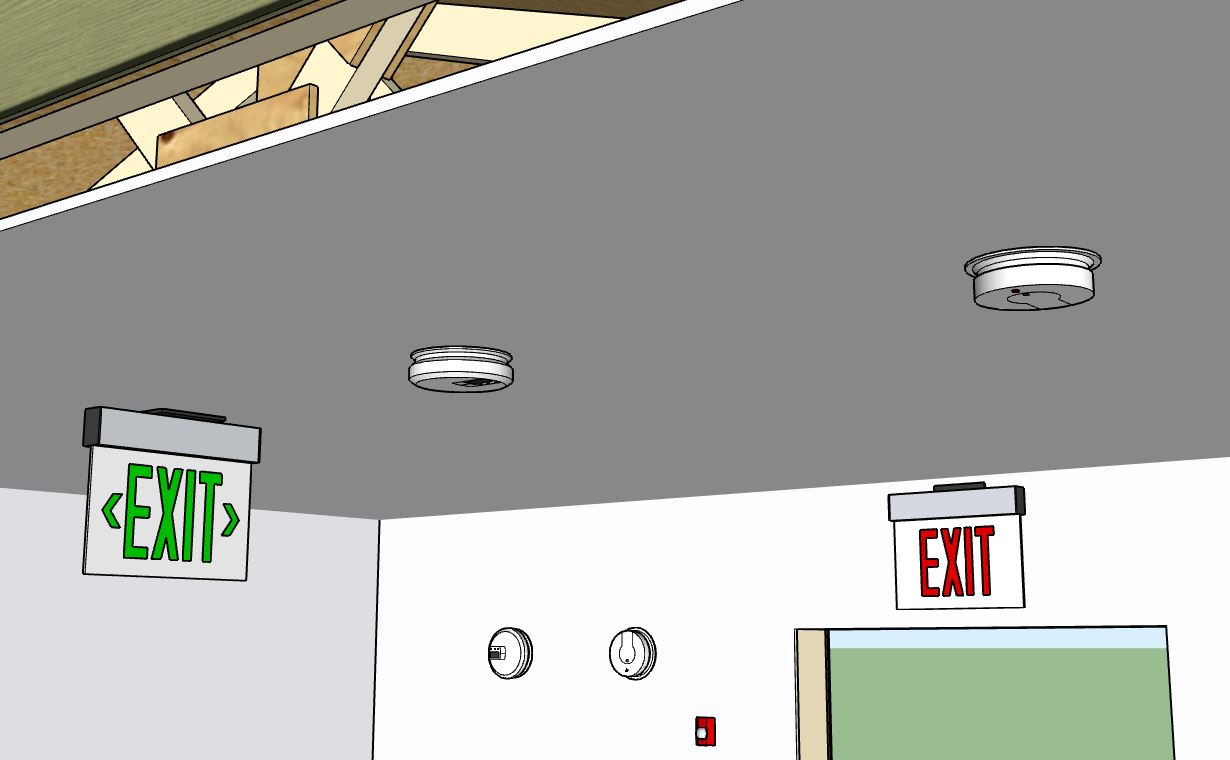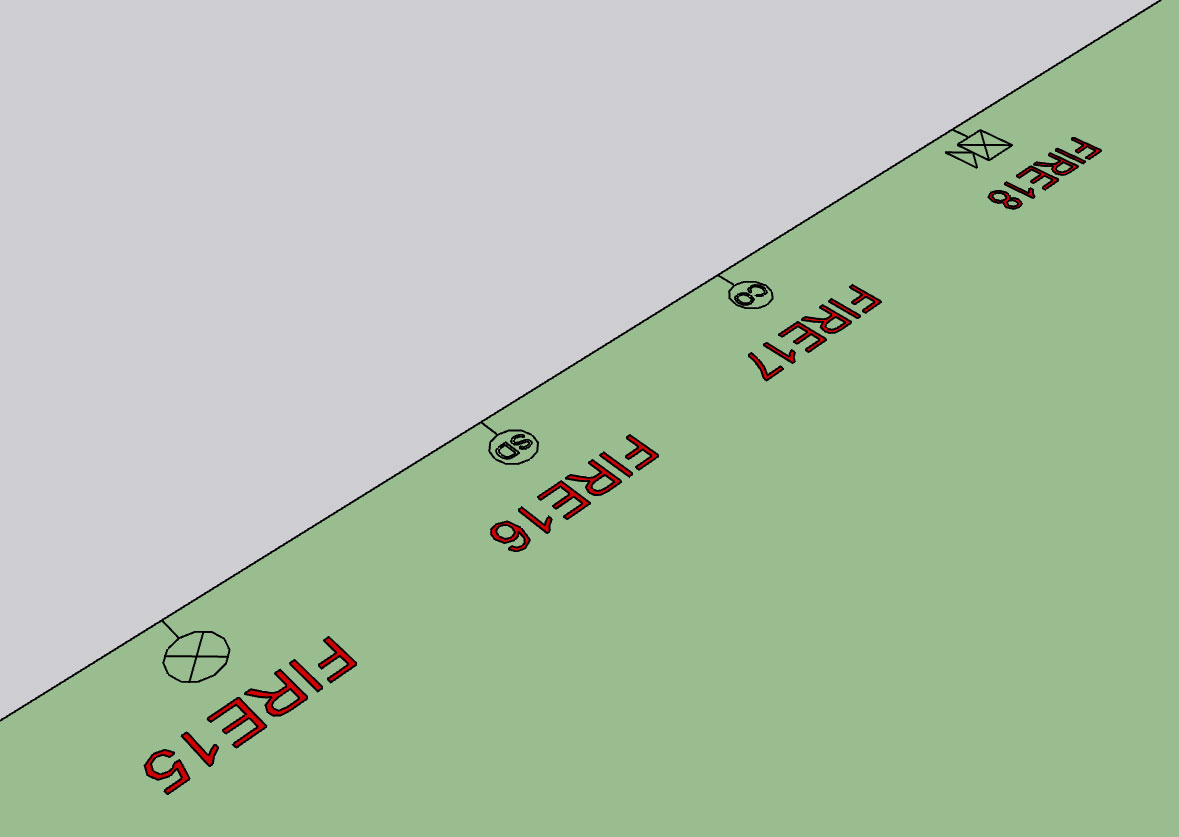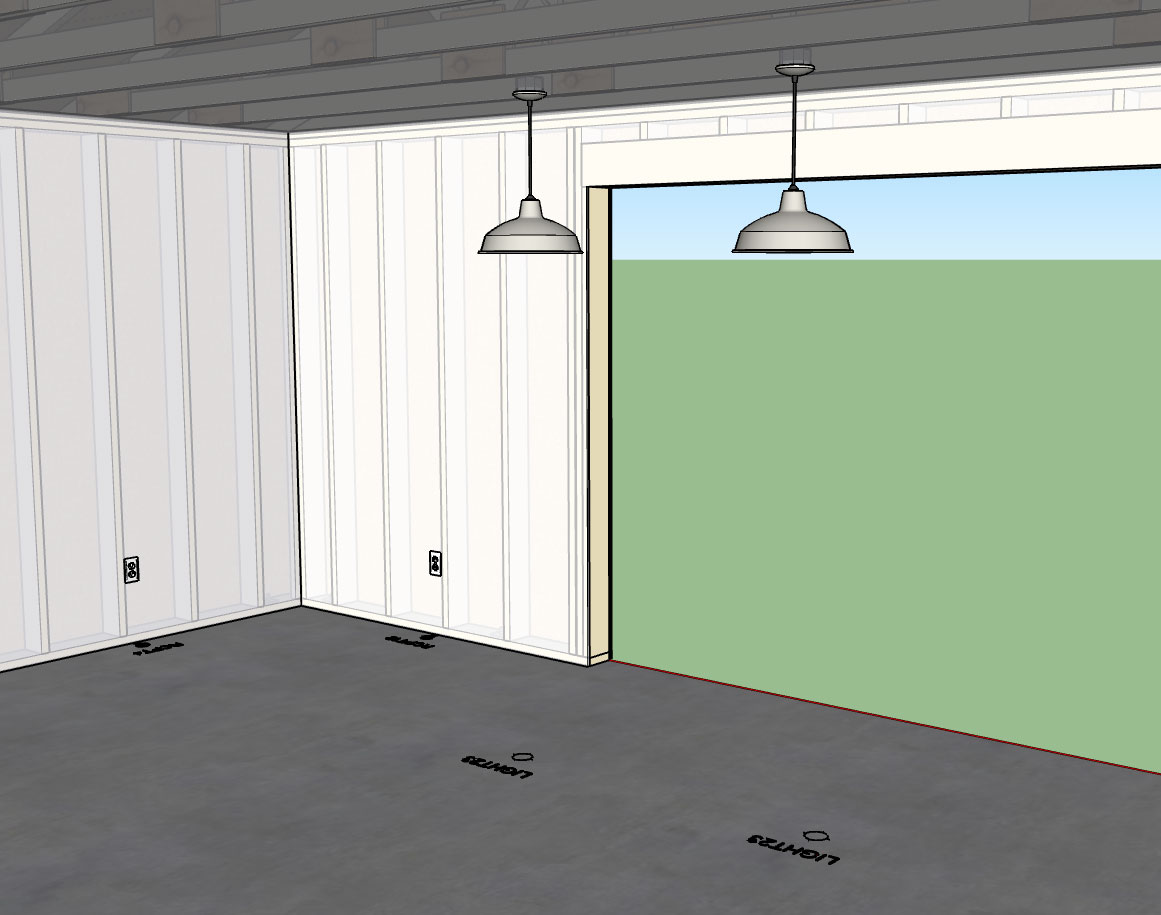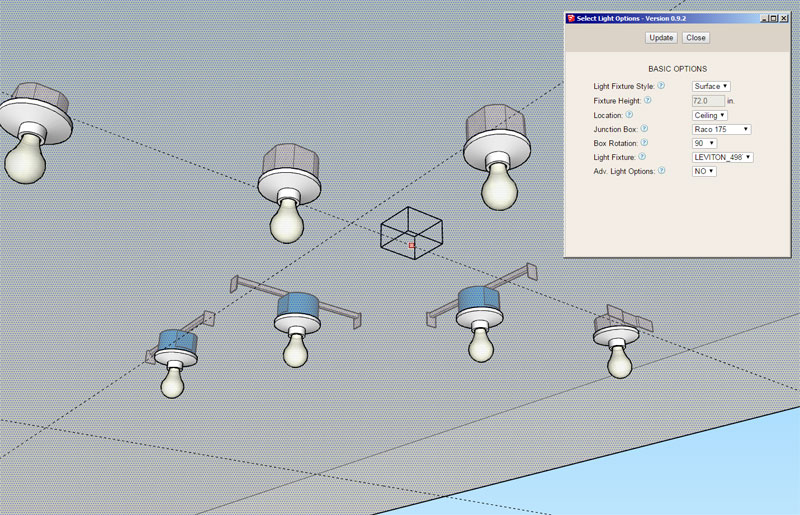Version 2.3.0 - 03.01.2019
- Fixed one bug and a number of minor issues with monopitch trusses.
- Enabled sheathing and cladding at the heel of raised heel common and monopitch trusses.
- Added metal plates for raised heel monopitch trusses: wedge, slider, vertical w/ strut.
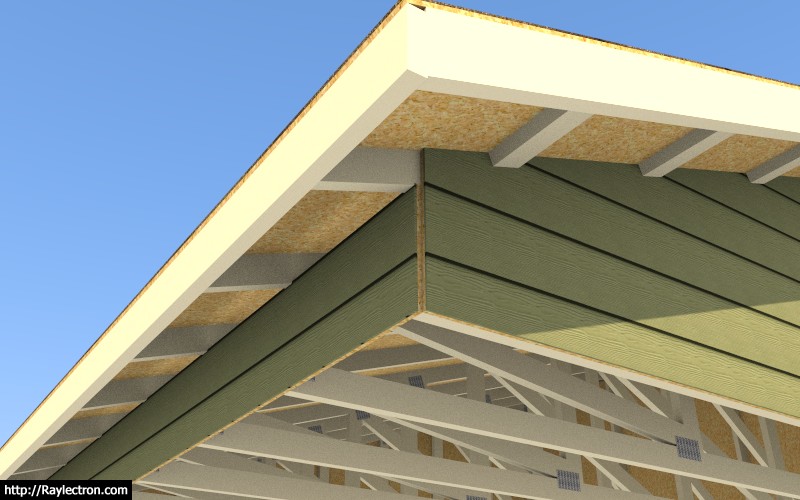
If you are using monopitch trusses at all then this is a critical upate. Previously my algorithm for the bottom chord of the monopitch truss was not properly assigning the material and layer when the raised heel option was enabled for this truss type.
Strangely that issue has been in existence since 2016 and no one seems to have noticed or at least notified me of it. While working on the cladding of raised heel variants the issue jumped out at me and now it is finally resolved.
The thing about this plugin is that there are so many design permutations possible that it is almost impossible for me to investigate every single one and check for these type of minor issues. That is why I rely heavily upon user feedback to help put out some of these fires.
- Fixed one bug and a number of minor issues with monopitch trusses.
- Enabled sheathing and cladding at the heel of raised heel common and monopitch trusses.
- Added metal plates for raised heel monopitch trusses: wedge, slider, vertical w/ strut.

If you are using monopitch trusses at all then this is a critical upate. Previously my algorithm for the bottom chord of the monopitch truss was not properly assigning the material and layer when the raised heel option was enabled for this truss type.
Strangely that issue has been in existence since 2016 and no one seems to have noticed or at least notified me of it. While working on the cladding of raised heel variants the issue jumped out at me and now it is finally resolved.
The thing about this plugin is that there are so many design permutations possible that it is almost impossible for me to investigate every single one and check for these type of minor issues. That is why I rely heavily upon user feedback to help put out some of these fires.

